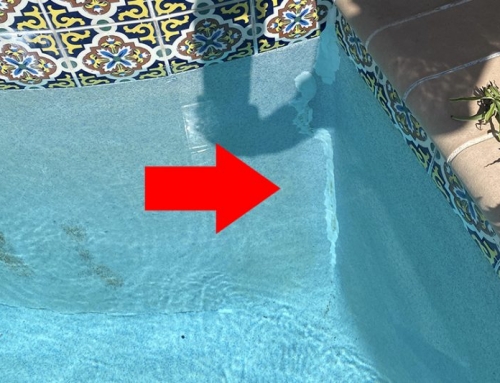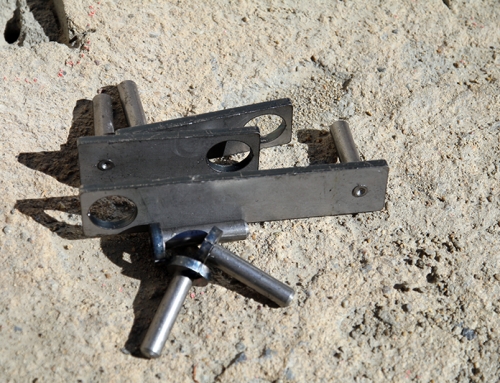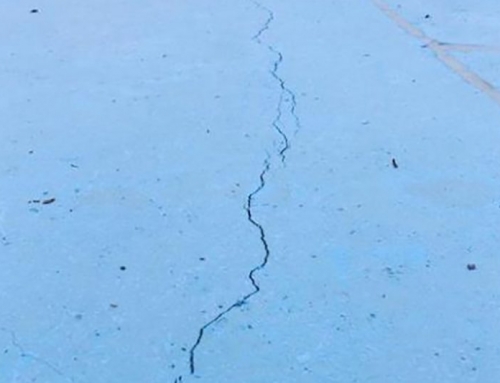A swimming pool bond beam is the top portion of the gunite, shotcrete, or concrete in which the pool coping sits and waterline tile is placed. The pools bond beams, when installed properly, ties horizontal steel with the vertical steel which runs down the walls to the floor.
Technically, the bond beam should be thicker than the pool wall and have more re-bar than the rest of the pool, which in turn, should be the strongest portion of the pool. The problem is–this is hardly ever the case.
During the construction process of the pool (specifically when a pool is shot), the elevations (coping height or deck height) are not always known immediately. Pools are usually shot low or below the specific elevation so the concrete or deck material can later be formed and poured. This forms a joint between the gunite and mortar mix, called a cold joint. (A section of a concrete structure where 2 different materials meet).
Cold joints are the most vulnerable section of any structure and are therefore susceptible to cracking. If you think about it, this explains why beam breaks are almost always horizontal in nature and hold straight lines.
Many other contributing factors for beam breaks are from deck pressure, tree roots and water penetration. The best way to repair a cracked beam is to remove all lose or cracked area from the beam break up. Chipping and removing coping and tile can be quite expensive. However, you need to get down to solid gunite to make your repair.
Once all loose material is removed, the best and most effective way to get a mechanical bond is to drill and install steel dowels every 6-8 inches of the gunite. Dowels can be set in with an anchoring epoxy and bent so they are horizontal. It is also a good method to tie in a horizontal piece of rebar to all of your epoxy dowels.
After all of the rebar is set in place and the gunite is clean, free of debris and coated with a bonding agent, the pool wall can be re-formed with fibre board and poured with concrete (for beams over 2.5 inches in height or mortar mix under 2.5 inches). After proper drying times, boards can be removed and the coping and tile can all be reset.
To make it really short and simple, a bond beam is really just the top portion of the pool where the coping sits.




